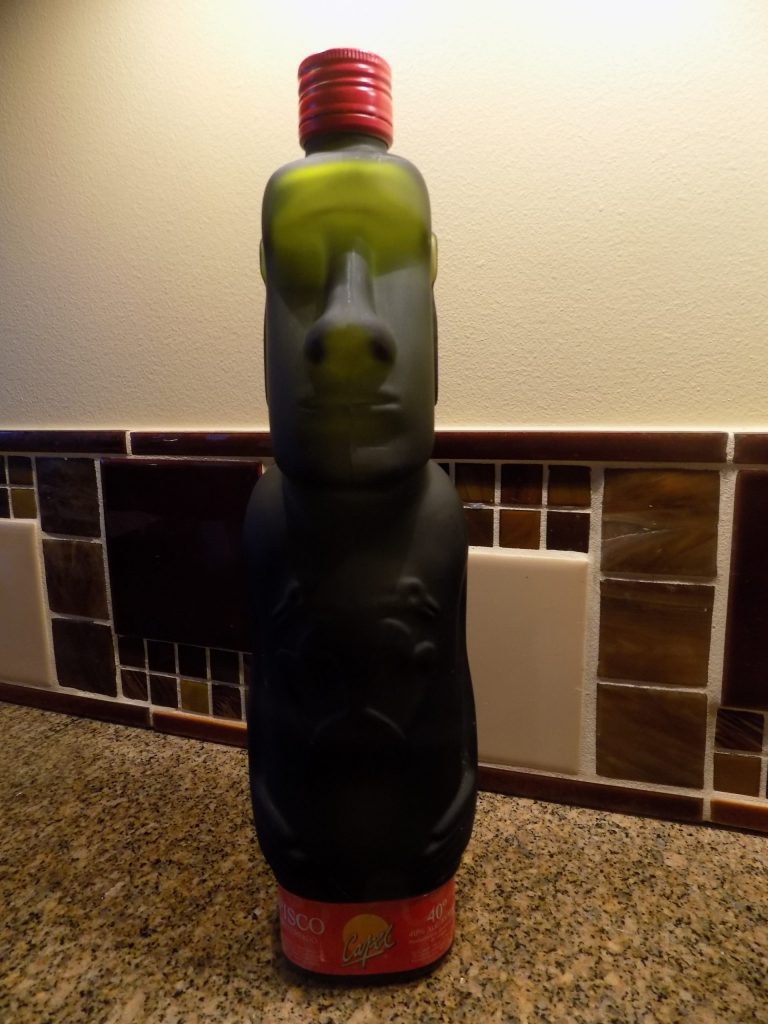
OK, Mr. C. has once again donned his mixologist hat and researched and perfected another delightful adult beverage with which to thrill and delight all of you for whom a unique and totally different drink is as exciting to you, as me discovering a new way to prepare meatloaf! A thrill a minute is all I ask!
But unlike many of you who have to make a decision every time someone asks you what cocktail you would enjoy imbibing, I am always ready with the same answer: “Tanqueray martini, very dry, up, with one olive, and a glass of ice on the side.” See how easy that is!
But that question is never a simple decision for my dear husband. He enjoys a vast array of different libations and every night I have to ask him what his beverage of choice is that evening as we are clinking glasses. (And yes, we clink glasses every evening. It’s almost a ritual. Just a simple cheer to each other for successfully living one more day, with good hopes for the next day as well.)
If you are new to this site, and enjoy a variety of alcoholic beverages, then I suggest you check out some of Mr. C’s other treasured recipes. They are all listed under Adult Beverage Recipes. And they are all (I have to take his word on this) very enjoyable. I say I have to trust his judgement, because I have never as much as tasted many of his concoctions because I can’t even get them past my nose. I know. Boooorrrring Patti. I got that and I’m just fine with being boring, predictable, and (insert your own derogatory descriptor word choice here). Just don’t mess with my Tanqueray and we will still get along just fine!
Anyway, if you have the opportunity, and the kind of discerning palate that craves new and adventurous adult liquid refreshment, then give this drink a try. If not, at least you won’t be unenlightened the next time your host asks you if you would like a Pisco Sour as a before dinner cocktail. You can either say yes thank you, or merely reply that although the pisco sour is the beloved national cocktail of both Peru and Chile, your preference would be a (fill in the blank). Remember – sophisticated repartee is always in fashion and always in good taste. So never miss an opportunity to reveal how much worthless knowledge you have stored in your cranium. It’s always worked well for me. Want proof? You’re still reading this post! Right??
And as always, peace and love to all. (Peace and love are always in good taste too.) Enjoy the recipe. Cheers!
2 oz. pisco* (read all about pisco below)
1 oz. fresh lime juice
½ oz. (or slightly more) simple syrup
1 egg white
1 dash Angostura bitters
In a cocktail shaker, combine the pisco, lime juice, simple syrup, and egg white; add ice and shake vigorously. Strain into a chilled old-fashioned glass. Garnish with a dash of Angostura bitters. Serve straight up (without ice) or with little ice.
*Pisco is a type of brandy, which is to say that it’s a spirit distilled from wine or fermented fruit juice. Beyond that, it is far removed from what most people consider a brandy, such as cognac or Armagnac. Unlike the more recognizable brandy types, pisco is not aged in wood. It must rest for a minimum of three months in a nonreactive container, such as stainless steel or glass, or traditionally, elongated clay pitchers known as botijas, or informally, as piscos.
Pisco is colorless or yellowish-to-amber colored. It tastes like a rustic brandy that’s amazingly smooth. It often features a fresh bouquet of aromatics and a touch of sweetness.
Pisco first originated in the winemaking regions of Peru and Chile. It was developed by 16th-century Spanish settlers as an alternative to orujo, a pomace (the pulpy residue remaining after fruit has been crushed in order to extract its juice) brandy produced in Spain. But unlike orujo, pisco uses fermented grape juice from which the pomace has been discarded. This method of producing a high-proof spirit is similar to the method by which grappa is made in Italy.

This recipe is for the Peruvian pisco sour. The Chilean version excludes the egg white and bitters; and may substitute powdered sugar for the simple syrup. The classic Peruvian recipe uses key lime juice; the Chilean version uses Pica limes. If shaken properly, the egg white will form a natural froth on top of the drink. As a variation, substitute lemon juice for the lime juice. (Source: International Bartenders Association.) The brand of pisco we have is Capel Pisco Reservado** Moai (product of Chile). It was a gift from our neighbor Cheryl. She knew Mr. C. was into making exotic drinks because she had enjoyed one or two over the years. OK, maybe more than one or two. Cheers Cheryl. (Cin cin!)
**A reservado is by definition 80-85 proof! (Think vodka or gin). So drinker beware!
